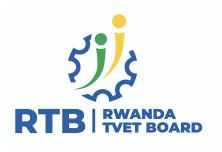HEALTH AND SAFETY AND GRIEVANCE REDRESS MECHANISM
According to the research conducted, 2.78 million work-related deaths are recorded every year, of which 2.4 million are related to occupational dis- eases. In addition to the immense suffering caused for workers and their families, the associated economic costs are colossal for enterprises, countries and the world.
The losses in terms of compensation, lost work days, interrupted production, training and reconversion, as well as health-care expenditure, represent around 3.94 per cent of the world’s annual GDP. According to RSSB reports, in Rwanda, the number of occupational injuries is estimated at 3,255 in 2017 from 1,087 injuries in 2011 which translates an increase of 2, 168 injuries equivalent to three times increase from 2011 to 2017.
The amount of money spent on occupational injuries is estimated at 3,101,765,668 in 2018 from 1,400,190,808 in 2012 which translates an increase of 1,701,574,860 equivalent to an increase of more than two times from 2011 to 2018. Employers face costly early retirements, loss of skilled staff, absenteeism and high insurance premiums.
Yet, many of these tragedies are preventable through the implementation of sound prevention, reporting and inspection practices. Rwanda TVET Board System on Occupational Health and Safety provides essential guidance for TVET schools, SDF Grantees and other Partners to establish such practices and provide for maximum Safety at work.
Establishment of Occupational Health and Safety and Grievance Redress Mechanism is one of the important solutions to predict, prevent, reduce and harness related harms and Prevention and Management of Grievances. It also plays an important role in promoting Quality Education.

